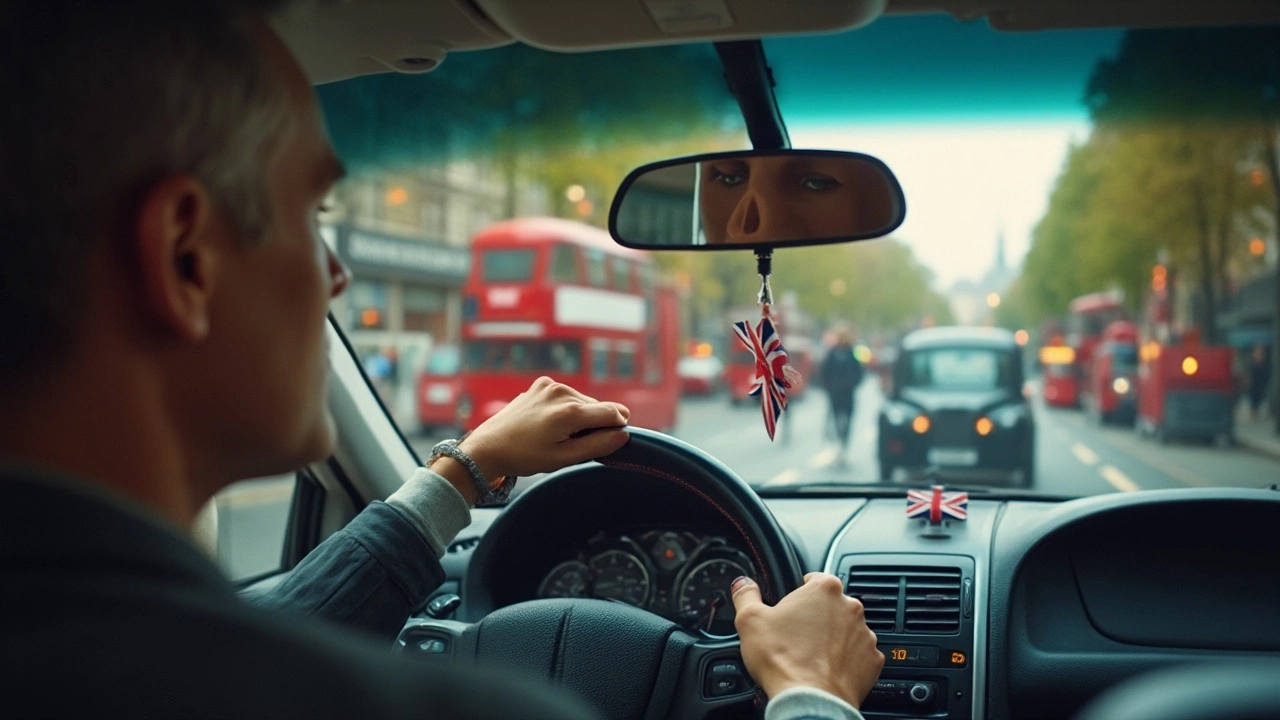Driving Tips for Everyday Safety and Comfort
Whether you’re commuting to work or heading out on a road trip, a few easy habits can make every drive smoother and safer. Below are real‑world tips you can start using right now, no fancy gadgets required.
Check Your Mirrors – It’s More Than a Quick Glance
Most drivers think a quick look in the rear‑view mirror is enough, but proper mirror use is a game‑changer. Adjust the interior mirror so you see the whole back window, then angle the side mirrors to eliminate blind spots. If you’re not sure how far to tilt them, sit in the driver’s seat, lean your head against the door, and line up the view so you can just see the outside of your car. This simple tweak cuts the chance of side‑collision accidents, especially when changing lanes on busy highways.
Plan Your Routes and Timing
Spending a few minutes on a map or a navigation app before you leave can save minutes on the road. Look for real‑time traffic updates, construction alerts, and alternate routes. If you’re making a delivery, factor in the courier cut‑off times for same‑day service – dropping a package at the right time can prevent missed deadlines and extra fees.
Another quick win: set your car’s climate control to a comfortable temperature before you start moving. A comfortable cabin reduces driver fatigue, which is a major cause of accidents.
Now, a few maintenance habits that keep your car running well and protect you on the road.
Basic Car Care to Avoid Breakdowns
Check tire pressure once a month and before long trips. Under‑inflated tires wear faster and can cause a blowout. A simple tire gauge costs less than $10 and takes seconds to use.
Keep the oil level topped up and change the filter according to the manufacturer’s schedule – usually every 5,000 to 7,500 miles. Clean windshield wipers and replace them when they start streaking; clear visibility is non‑negotiable in rain.
Don’t ignore dashboard warning lights. A flashing check‑engine light often means a serious issue that needs immediate attention. The sooner you address it, the cheaper the repair.
Smart Driving in Traffic
When traffic slows, keep a safe following distance. The two‑second rule works well: pick a fixed point ahead, like a sign, and make sure you pass it at least two seconds after the car in front of you does. This gives you enough time to brake if needed.
Use your turn signals early – at least 100 feet before you change lanes or turn. It signals your intent and lets other drivers adjust, reducing sudden braking incidents.
Finally, stay focused. Put your phone on Do Not Disturb, keep snacks and maps within easy reach, and avoid eating heavy meals right before a long drive. A clear mind equals a safer road.
Driving doesn’t have to be stressful. By tweaking mirror positions, planning routes, handling basic car maintenance, and practicing courteous road habits, you’ll feel more confident and arrive at your destination with peace of mind.
Checking mirrors while driving is more than a routine action; it’s a key safety practice. This article explores how frequently you should look at your mirrors to drive safely and confidently. You’ll learn the importance of mirror checks, tips to develop a good mirror-checking habit, and facts to improve your road awareness. Whether you're a seasoned driver or just starting out, this guide will help you keep your eyes in the right places at the right times.
Apr, 5 2025
